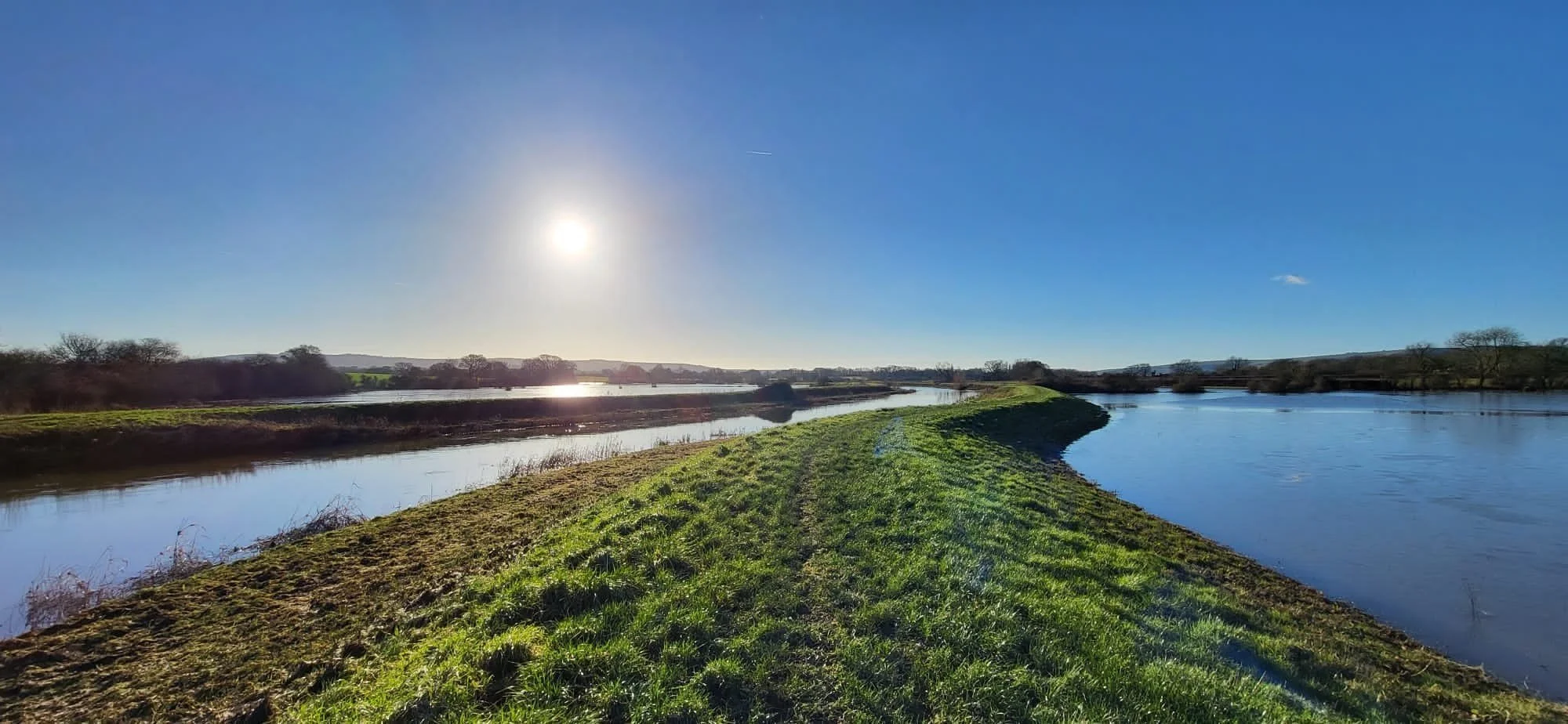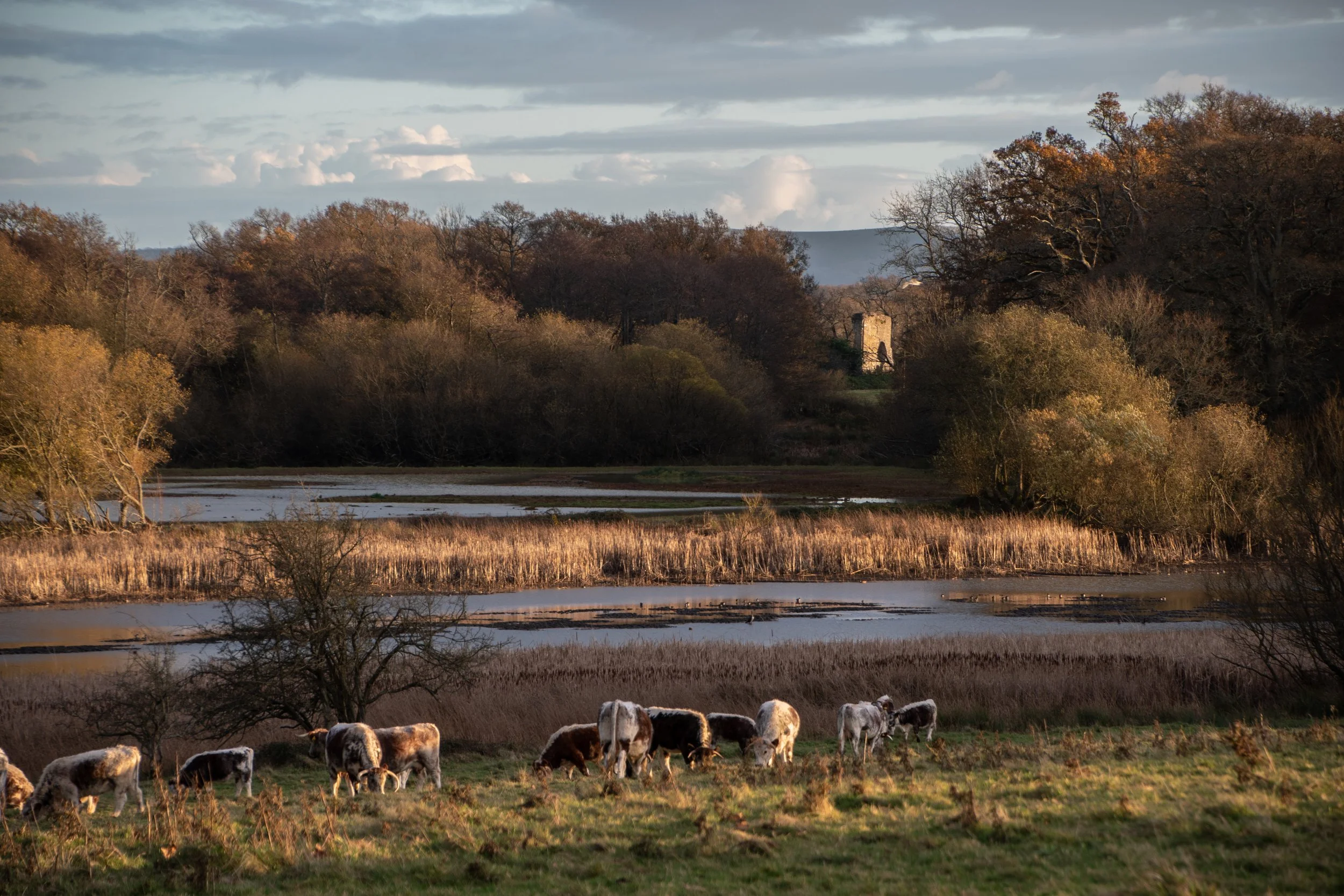
An ELMS Landscape Recovery Pilot
Adur River Recovery
Adur River Recovery is a land manager-led project to revitalise and restore the River Adur in West Sussex
The Adur is one of the biggest rivers in Sussex. When healthy, it can form a connected corridor of life, and improve resilience to both drought and flooding.
As one of the 22 national Landscape Recovery pilots part of the Environmental Land Management Scheme, 27 farmers and land managers will explore ways to revive floodplains, increase biodiversity and improve water quality. Interventions such as re-meandering, re-naturalisation of floodplains, removal of barriers and embankments, new habitat creation, and improvement of soil health through regenerative farming techniques.
The work will connect significant sites of nature recovery in the catchment and create a new ribbon of habitats running through a wildlife-friendly farmed landscape. The Adur flows through a highly populated area with complex land ownership and this project will have a strong focus on collaboration, open learning and public engagement.
27 farmers and land owners are working together to revitalise and restore the Adur River.
The Challenge
The Adur Valley is full of opportunities. Not only is it home to hundreds of protected wildlife species and priority habitats, it also has a rich cultural and historical heritage and is full of dynamic and engaged communities. However, it cannot currently reach its full potential as it faces a number of worrying challenges. The water quality along the Adur is low and does not meet the required Good Ecological Status under the Water Framework Directive. The modification of the landscape for human activities has rendered the functioning of floodplains inefficient, increasing the effects of drought and floods on local areas. The river ecosystem is also fragmented due to artificial barriers along the river.
The Opportunity
Over the next two years, we will be working on a plan to enhance the river’s ecological health. This may involve restoring riverbank habitat and vegetation, slowing flood water by restoring meanders and creating new wetlands. These measures will support the return of the biodiversity, soil health and water quality that underpin our food web and support our local landscape.
Funding and sustaining this work will require new and innovative partnerships. The river and its catchment provide sites and opportunities for biodiversity net gain. This is an approach to development and land management that aims to leave the natural environment in a measurably better state than it was beforehand.
In February 2024, there will be new rules requiring housing developers to replace any loss of habitat sustained through their projects. We need to be ready to harness this opportunity to fund the complex and expensive work require for river recovery. The catchment also provides opportunities for the use of natural treatment systems such as constructed wetlands to filter wastewater. These can be cost-effective and sustainable ways to improve water quality while also providing additional benefits for wildlife. We will be exploring the value of these ecosystem services to society and harnessing opportunities to work with partners across the public and private sector.
Our Aims
-
We will use nature-based solutions to restore and reconnect key habitats along the river. This will enable floodplains to be used for natural flood management.
-
At the core of our work is the aim to increase local resilience to climate change. The creation and recovery of wetland habitats will notably enable the landscape to store more carbon, reduce air and water pollution, protect vulnerable housing and support local food production.
-
We aim to reduce the amount of pollution going directly into the river. We will also work to slow down the water as it flows through the vegetated landscape, increasing its filtration.
-
We are putting collaboration and community engagement at the centre of our landscape recovery strategy. Through the partnerships we build, we will ensure that our interventions are appropriate for the local landscape and community. Through our outreach work, we aim to strengthen social cohesion and reconnect people with their landscape.










